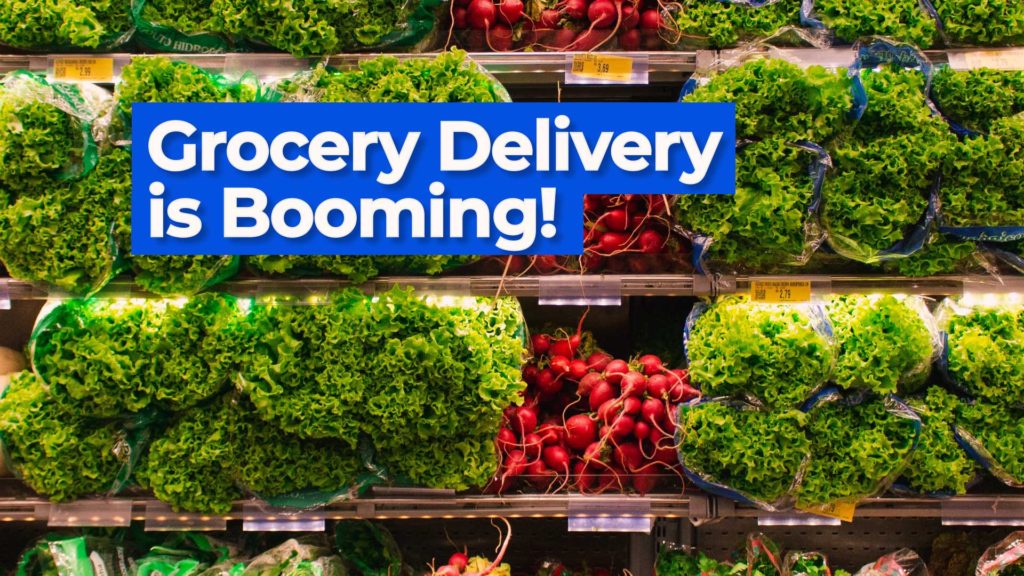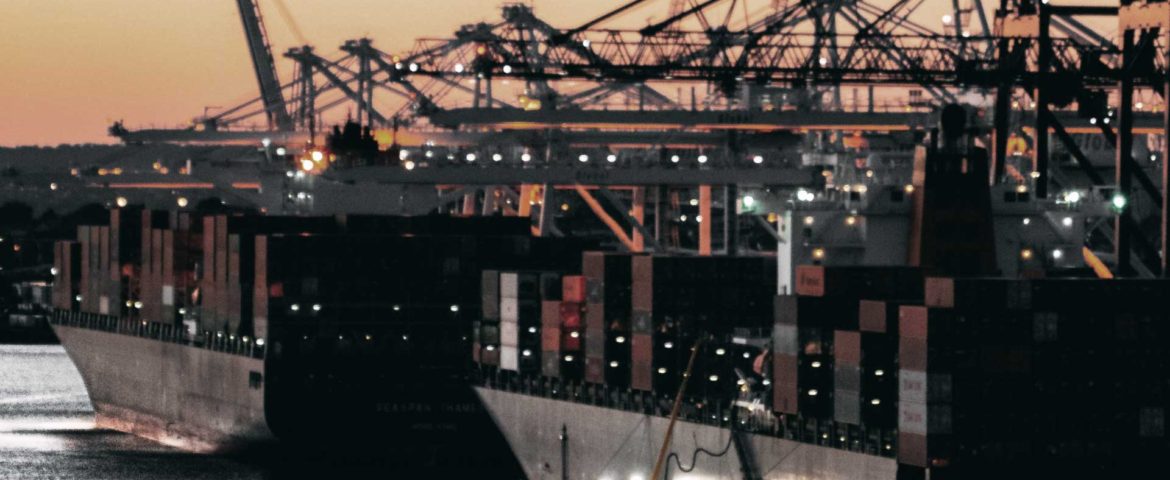E-commerce had a record year in 2020, with more consumers than ever turning to online shopping in the midst of the covid-19 pandemic, in an effort to stay safe and make as many purchases as possible from home. In an effort to maintain operations, many firms created online stores and sold products online for the first time ever, with many small businesses shifting to some form of online purchasing/fulfillment as a necessary pivot.
Parcel carriers recorded record volumes of packages in the latter part of 2020, with most being overwhelmed by the rapid increase in package shipping demand which leads to a significant number of delays around the holidays of 2020.
With retailers struggling to keep stores stock, the pandemic continuing well into the latter part of 2021 or even early 2022, shoppers’ demand is remaining high and the preference is still clear for e-commerce shopping and home delivery.
Here are a few of the biggest e-commerce trends we expect in 2021
Continued Growth
Data from several sources such as the retail federation, various supply chain reports, and census data suggest that e-commerce will grow another 10-20% over 2020 levels in both volumes of packages and total e-commerce revenue.
For supply chains, this means quickly solving problems and friction points both from a customer perspective and internal operations perspective.
While 2020 saw many businesses roll out e-commerce offerings, 2021 will see those same businesses and others try to refine their e-commerce procedures and reduce costs including both fulfillment, point of sale, warehousing, and inbound logistics costs.

Supply Chain Costs Higher in 2021
Freight rates both international and domestic are at historically high levels and will continue to remain so for the foreseeable future. Freight markets highly supply and demand-driven, and demand is higher than ever. Other freight market pressures include stricter hours of service recording, emissions standards higher than ever for ocean carriers and trucking firms, stricter drug and alcohol screening. These all mean there are fewer truck drivers than needed in the US, fewer containers for international transport available than needed, historically high demand for fulfillment services which together pushes rates up by a significant amount.
For supply chains, rate increases mean that supply chain managers must be quick thinking and more creative than ever as supply chain costs directly impact the profit margin on goods sold. A huge number of firms are taking numerous steps to control supply chain costs, including nearshoring, freight mode diversification, more transloading, and thinking more deeply about their distribution footprint.
Mode diversification is one reason that railroad intermodal volumes are at record highs as well since shippers and retailers are using rail intermodal shipping as a way to reduce freight costs and provide the capacity that wouldn’t be available from over the road trucking providers.
Controlling Fulfillment Costs
Focusing on the last mile is a major priority this year for e-commerce firms as that final step of the supply chain puzzle often represents nearly half of the total delivery cost for products. Retailers are expanding their reliance on third-party fulfillment providers, using more carriers than before, often including using more regional and even local carriers instead of relying solely on the larger national parcel carriers.
Larger shippers and retailers can more effectively leverage their volumes against rate and accessorial charge increases, while also seeking to diversify their carrier base and hedge rates more effectively.
Automation will become a larger and larger segment of investment for firms that operate fulfillment centers and warehouses, as the advantages of deploying significant automation are numerous in more efficient operations, more productivity per square foot of warehouse space, and 24/7 operations without breaks or shift changes. Warehouse and fulfillment automation will only become more heavily relied upon and implemented going forward.

Grocery Store Purchases are here to stay
Most wouldn’t have thought a significant percentage of Americans would be buying their groceries online, but as more have become used to the service and time savings it provides, expect online grocery store sales to remain high. The fulfillment side of grocery story store purchases. Sales of alcoholic beverages are also increased over pre-covid levels.
Grocery providers scrambled to invest in the physical and digital infrastructure needed to allow shoppers to easily buy groceries and have them show up in the next couple of days on their front porch. Grocery retailers will continue to invest heavily to optimize the fulfillment of fresh and fragile food procures like berries, meats, and vegetables.
Electric Vehicles
Amazon and FedEx are now testing electric delivery vehicles, many other firms will also start real world testing of electric vehicles specifically for use in final mile package delivery routes. Look to see this become more common in 2021 as supply chain providers start testing the available electric commercial vehicles and working with vehicle manufactures on test programs.
Even the United States Postal Service recently unveiled a near half a billion-dollar contract to develop a next-gen mail truck that likely will be either electric of feature some sort of hybridization drivetrain in an effort to reduce emission and fuel consumption by the aging USPS fleet.
More Technology than Ever
Supply Chains are rapidly integrating technology into their operations to better collect, manage and utilize data to improve supply chain reliability, manage costs and make better informed decisions through data analysis.
E-commerce supply chains are no different, with e-commerce firms having more choices than ever for technology solutions for a variety of their needs including warehouse management, fulfillment and sales analysis, logistics platforms, freight forwarding digital solutions, and shipment tracking. Many of these software solutions are aimed at providing options for SMBs that previously would have only been available to larger enterprise-level operations. Even simple things such as point of sale services, various payment processing systems, e-commerce store solutions, etc all make the shift to e-commerce much less painless and costly than it once was, it also lets retailers which have previously been brick and mortar only more quickly offer e-commerce online ordering.
Supply Chain Risk Management
Supply chain risk analysis and resilience will play a major role in how supply chains are shaped over the coming years. The covid-19 pandemic revealed many supply chains were as solidly built as the company’s thought they were, revealing risks, weak points and forcing firms to quickly adapt to the altered landscape.
Going forward, supply chain risk will form a more central part of the conversation when new suppliers, factories or production facilities are being planned. Expect to see many companies diversify the number of suppliers they work with, and expand the geographic footprint of their operations. Meaning they don’t want to rely on one country for all their inventory or raw material needs.
Zmodal is a top intermodal shipping company providing door-to-door intermodal, and full truckload services nationwide throughout our digital supply chain dashboard which provides easy route searching, booking, document management, and analytics.



